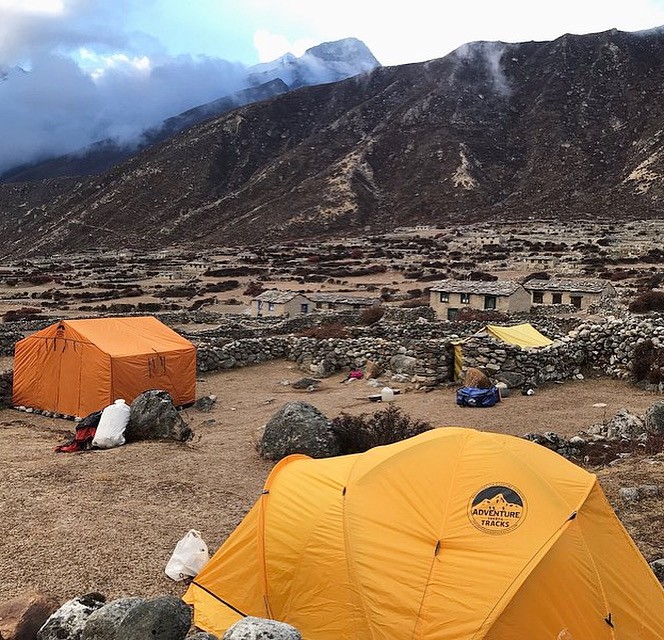


Having the right equipment on your treks and expedition will make almost as much difference to your safety, comfort, and enjoyment as any physical training you do. It is essential that you take the time to acquire the correct gear; don’t wait for the last minute to find out your local shop doesn’t have your size. This equipment is expensive, but you can often find great sales online and at your local gear store. The purpose of this gear list is to help guide your purchases. Often salespeople in your local shop do not have first hand knowledge of high-altitude climbing, so be sure to balance their advice with what you read here. We have strived to create a list heavy on detail, but there are always further questions!
During your adventure in Nepal you will encounter a very wide range of temperatures and weather conditions. At one end of this range are the pleasantly warm and beautiful lowlands around Lukla, while at the other end of the spectrum is the cold and often windy weather up amongst the glaciers and the highest peaks in the world, before summit day itself. The equipment you bring must function well in a wide variety of conditions. Your clothing should be warm, lightweight, dry quickly, and allow good freedom of movement. Adhere to the layering principle: several thin layers of insulation (rather than one thick one).
Our list on the trek and expedition package is a guide only . While you are required to bring everything on this list, there are numerous options, brands, and versions of each piece of equipment, unless otherwise noted. Using our current suggested brand list we encourage you to shop around, do research, even borrow, and use your experience with our list to find the best gear for you. Purchasing the specific items listed below will ensure you have the right tool for the job, but there are other options on the market.
A Note on Packing
For your international flights, we recommend that you pack all your equipment in your two duffle bags or suitcase. Do not simply pack your backpack (since the straps can be damaged by the baggage handling machines). It is important to lock these bags for their trip. Depending on the airport, you may be able to put your travel locks on after TSA has searched the bags. If not, Lock the bags with Zip Ties. If the TSA cuts off the zip-tie to search your bag, they will replace it. You will still need the travel locks to lock your bags in the hotel and during the trek. Generally, you will take one duffel on the trek , and leave one in the hotel in Kathmandu with your belongings for your time in the city. Your trek in duffel will only be accessible in the evenings (with items such as changes of clothing, sleeping bag), and your day pack will hold vitals such water, layering, blister kit, and camera
Conclusion:
As the weather condition is unpredictable in the Himalayan region, you need to be prepared at all times. A day can start sunny with clear skies and later become cold and windy at the high altitudes.
Sometimes, it can rain and snow during the trekking period. You need to remember that for a successful trekking journey, your physical comfort must be the first priority.
Note:
Please note that the items listed on the equipment list vary according to the season, trek duration. Please remember that your luggage will be carried by the porter, but you need to carry a daypack on your own. We also suggest you pack only necessary items to keep the weight of your equipment to a minimum.